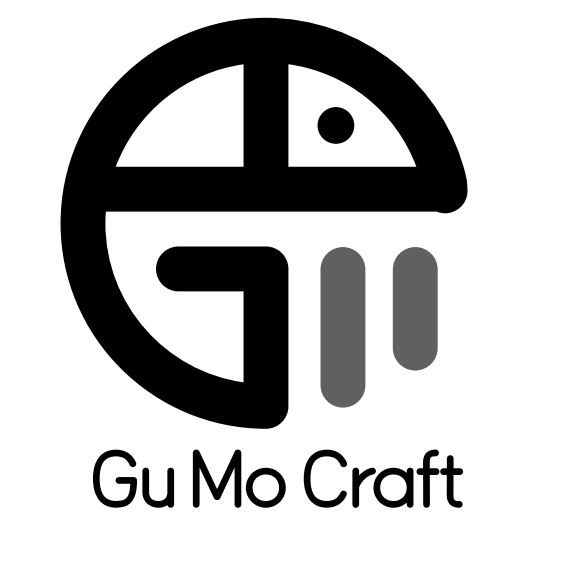Understanding Wood's Natural Characteristics
Wood is a living material that responds to environmental changes. Its porous nature means it absorbs and releases moisture, expands and contracts with temperature fluctuations, and reacts to sunlight exposure. These natural behaviors make proper maintenance essential for preserving both structural integrity and aesthetic appeal.
Wood's Three Main Enemies:
-
Moisture Imbalance (Swelling, warping, mold)
-
Temperature Extremes (Cracking, splitting)
-
UV Exposure (Fading, surface degradation)
Seasonal Maintenance Strategies
Spring: Humidity Preparation
As temperatures rise and humidity increases:
-
Monitor indoor humidity (40-60% ideal) with hygrometers
-
Inspect for winter damage (Check joints, finishes)
-
Gentle cleaning with microfiber cloths to remove pollen
Summer: Heat & Sun Protection
During peak sunlight months:
-
Rotate decor pieces periodically to ensure even sun exposure
-
Use UV-filtering window films on south-facing windows
-
Apply protective wax (Carnauba-based for high-gloss protection)
Autumn: Transition Care
As conditions become drier:
-
Rehydrate wood with specialized oils (not household cooking oils)
-
Check for insect activity (Look for frass/sawdust piles)
-
Prepare for indoor heating season by moving pieces away from vents
Winter: Dryness Defense
In heated indoor environments:
-
Use humidifiers to combat forced-air heating
-
Avoid placement near heat sources (Minimum 3ft from radiators)
-
Implement felt pads under decor to prevent floor moisture transfer
Specialized Cleaning Techniques
Surface-Specific Approaches
| Surface Type | Cleaning Method | Tools Needed |
|---|---|---|
| Lacquered | Dry microfiber only | Soft brush for crevices |
| Oiled | Damp cloth with pH-neutral soap | 0000 steel wool for stains |
| Waxed | Beeswax polish maintenance | Lint-free cotton cloths |
| Unfinished | Compressed air cleaning | Natural bristle brushes |
Problem-Solving Guide
-
White rings from condensation: Blot immediately, use mayonnaise poultice for stubborn marks
-
Ink stains: Dab with isopropyl alcohol (90%) on cotton swab
-
Chewing gum: Harden with ice, gently scrape with plastic tool
-
Candle wax: Freeze and flake off, then wipe with mineral spirits
Advanced Preservation Methods
Microclimate Management
Create stable environments through:
-
Silica gel packets in display cabinets
-
Wooden backboards for wall-hung pieces (allows air circulation)
-
Seasonal rotation between different rooms
Professional-Grade Solutions
-
Anoxic framing for museum-level preservation
-
Light diffusion techniques using sheer curtains
-
Vibration dampening for delicate carvings
Myths vs. Facts
❌ Myth: Lemon oil nourishes all wood types
✅ Fact: Citrus oils can degrade certain finishes
❌ Myth: Direct sunlight only causes fading
✅ Fact: UV rays also break down lignin (wood's natural binder)
❌ Myth: More polish equals better protection
✅ Fact: Over-application attracts dust and creates residue
Long-Term Preservation Timeline
Every 3 Months:
-
Dust with electrostatic cloths
-
Check for new cracks or gaps
Biannually:
-
Reapply protective coatings as needed
-
Rebalance room humidity
Annually:
-
Professional inspection for structural issues
-
Deep conditioning for untreated wood
When to Seek Professional Help
Consult preservation specialists for:
-
Historic pieces with original finishes
-
Complex joinery repairs
-
Insect infestation concerns
-
Valuable antique restoration

